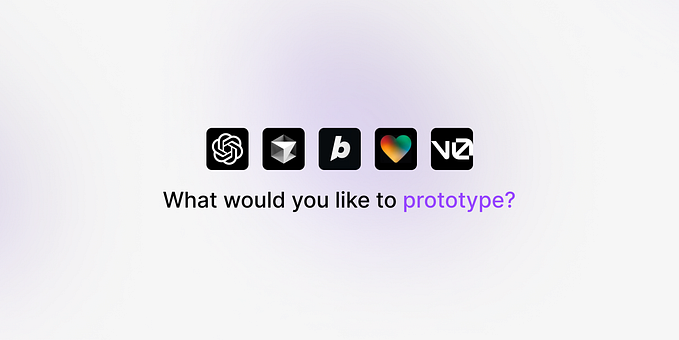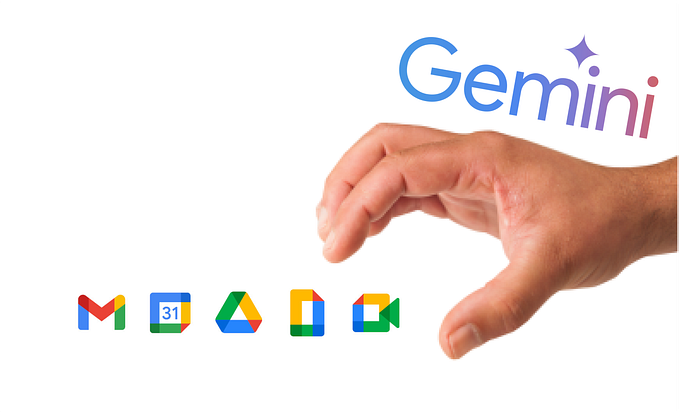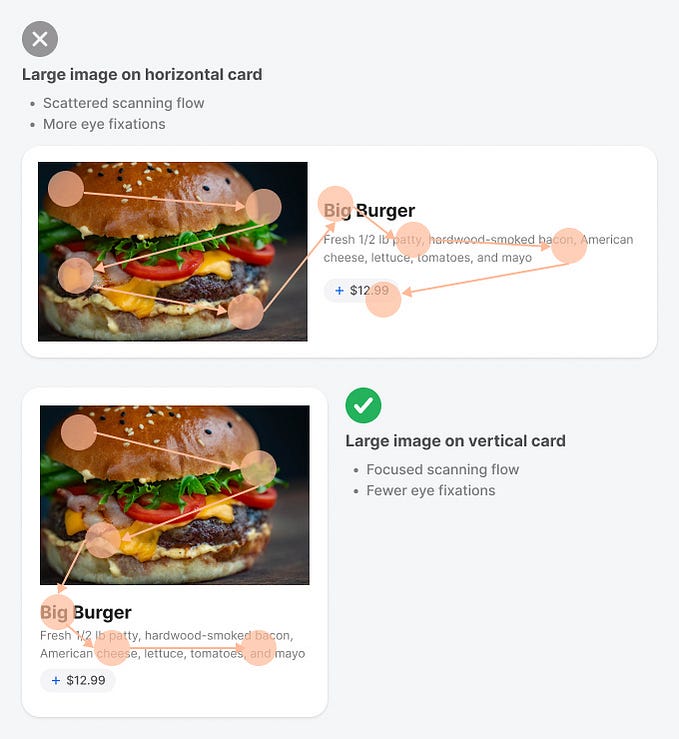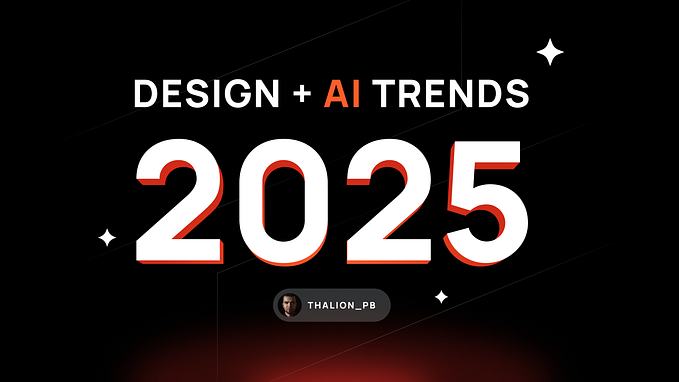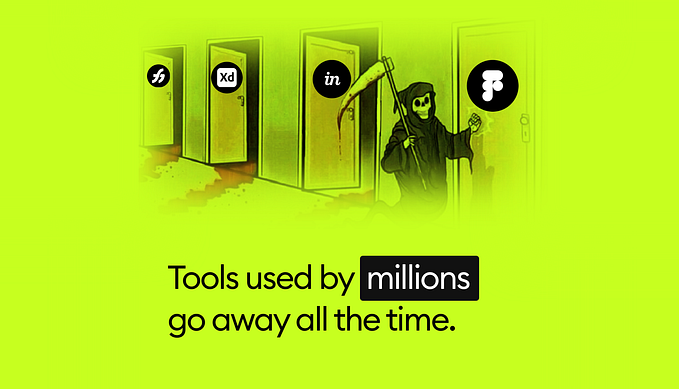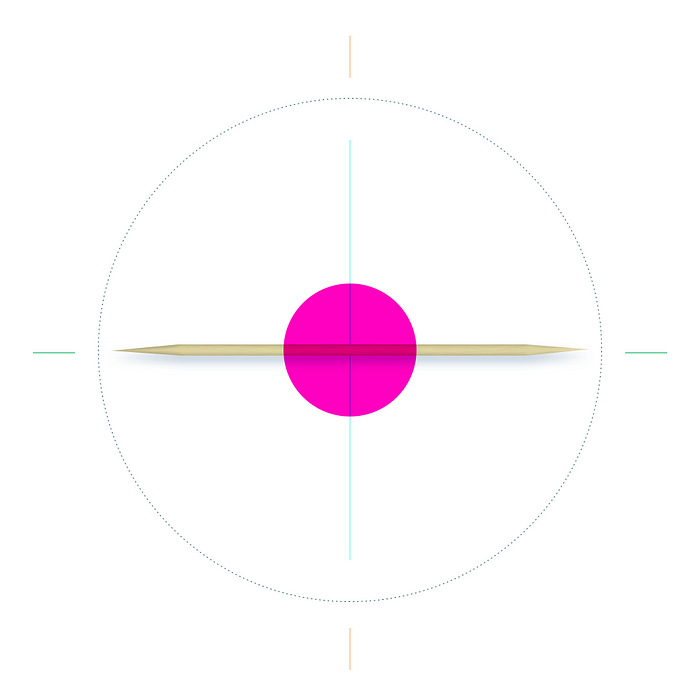
Member-only story
Nothing is designed better than a toothpick
What product designers can learn from 0.1 grams of wood
 The toothpick is the paradigmatic example of the design axiom, form follows function. But it’s more than that: it’s form and function in a singular, compact, lightweight, biodegradable, sustainable entity. It’s as sleek as a rocket and as simple as a rock, with a certain mid-century Eamesian charm.
The toothpick is the paradigmatic example of the design axiom, form follows function. But it’s more than that: it’s form and function in a singular, compact, lightweight, biodegradable, sustainable entity. It’s as sleek as a rocket and as simple as a rock, with a certain mid-century Eamesian charm.
Self-evident
Its shape is the epitome of design affordance, serving simultaneously as handle, digger and instruction manual. Its form tells you not only how to hold and wield it, but where to put its pointy bits.
Reliable
It has no moving parts or circuitry to falter or fail; its only part is itself, and the only place it breaks is in the middle. When broken, it actually doubles its utility by doubling its pointy bits. (Beware splinters, however.)
Sustainable
The toothpick is both durable and completely biodegradable. Furthermore, as long as we can grow trees or bamboo, we’ll never run out of its sole ingredient.
Universal
Its design transcends time and culture; anyone of almost any age, anywhere in the world, at any time in history, would be able to…


